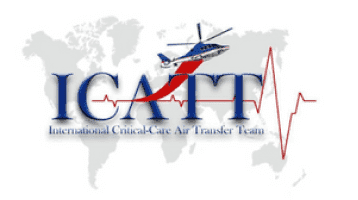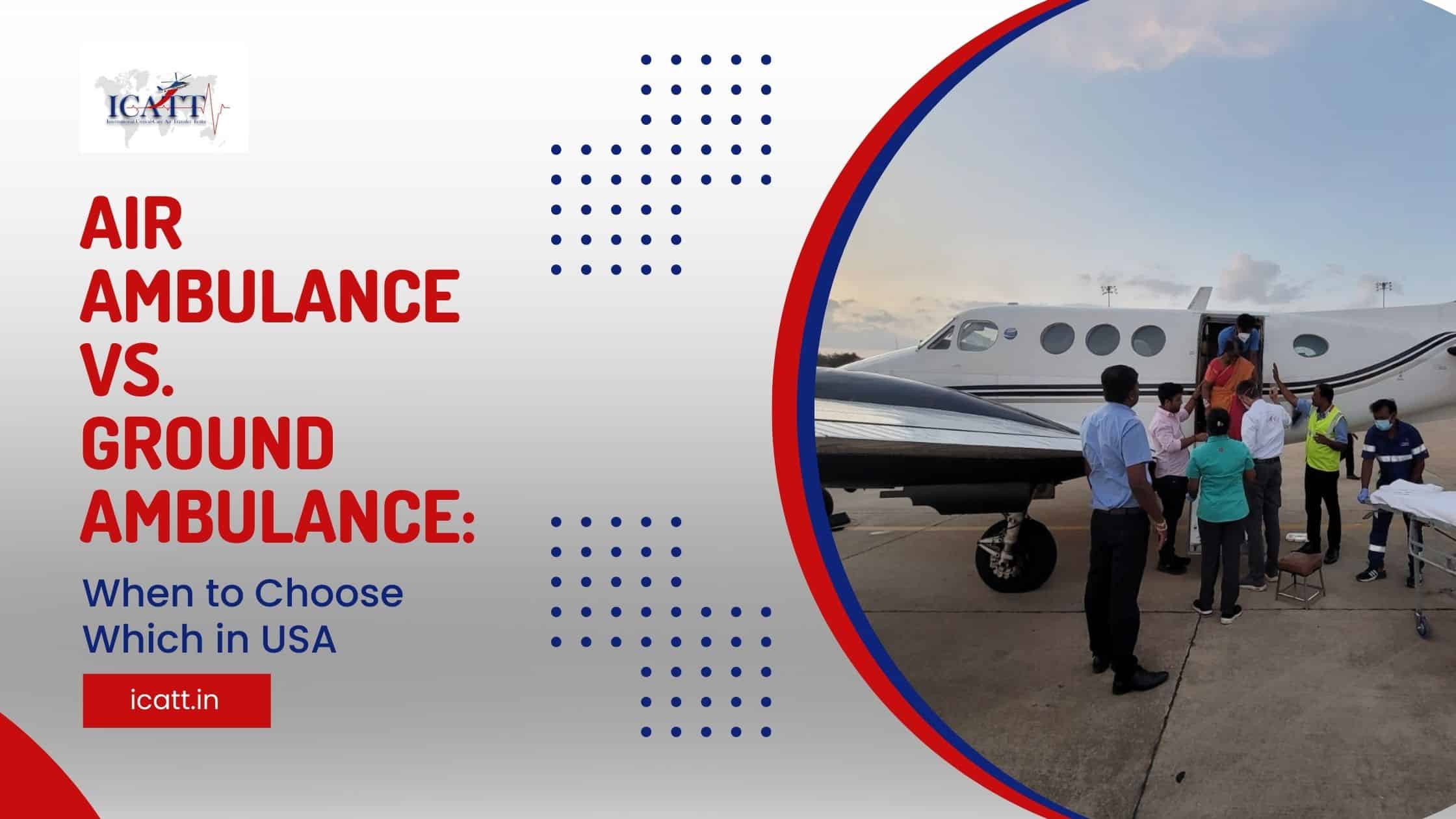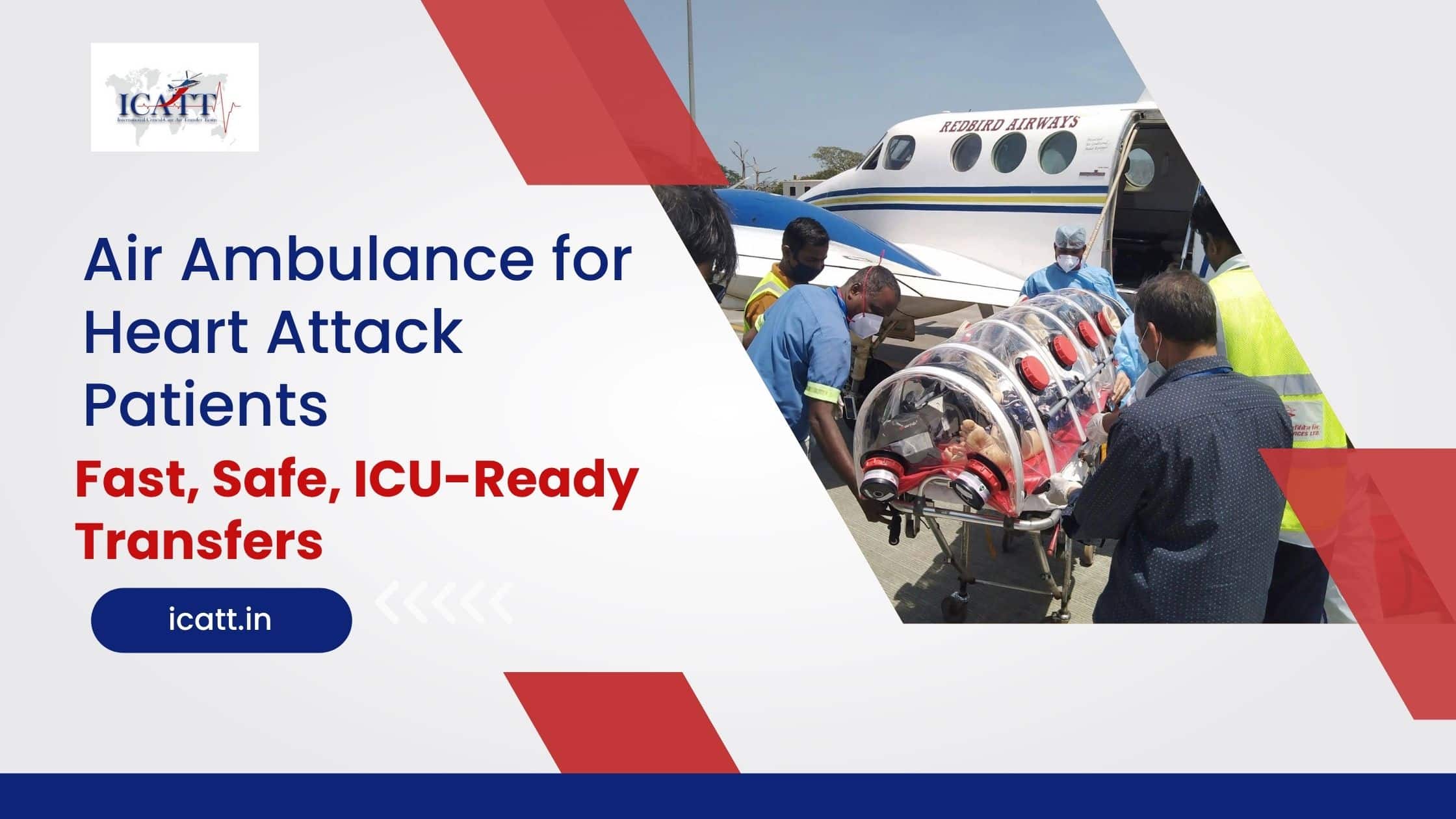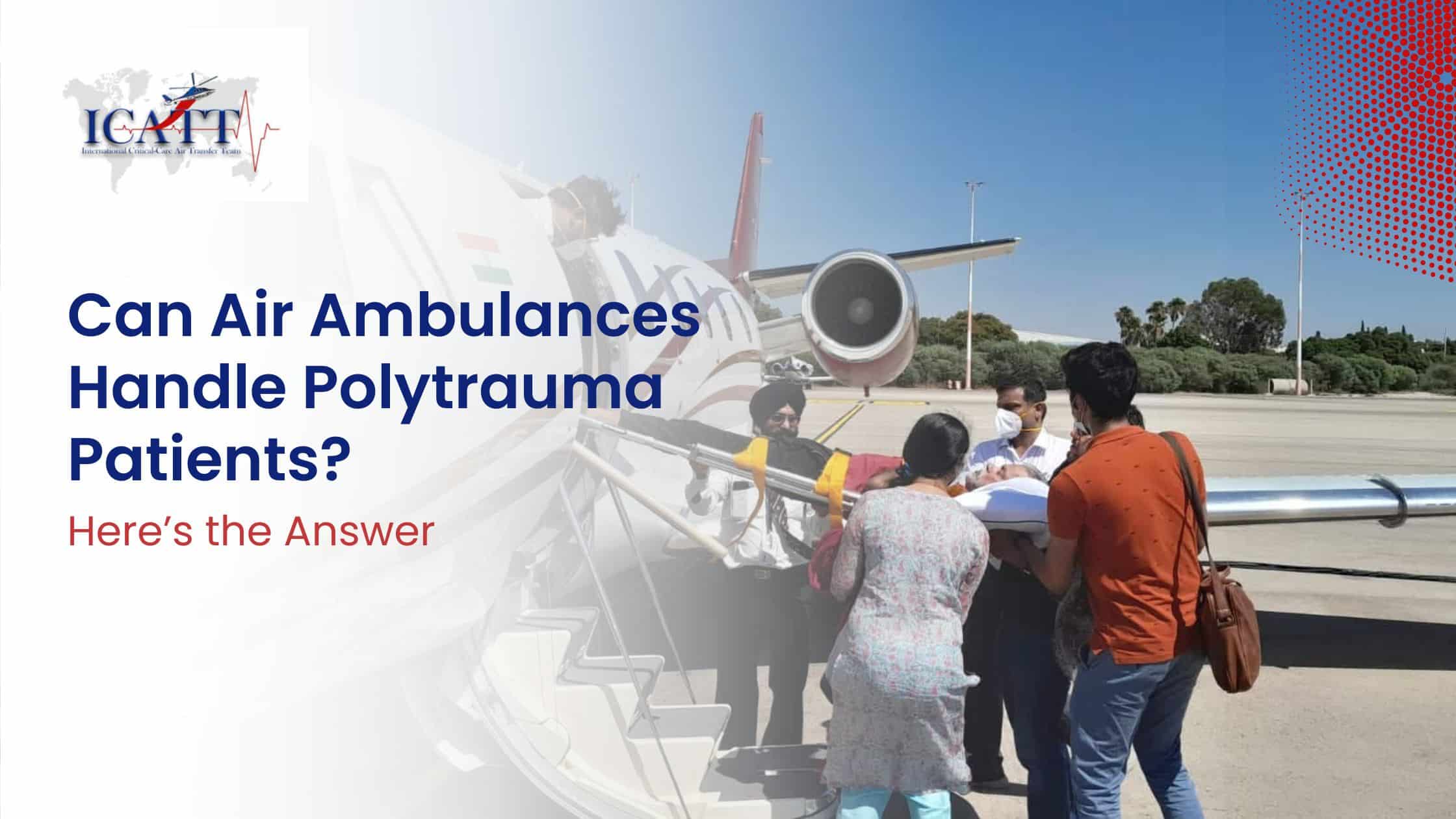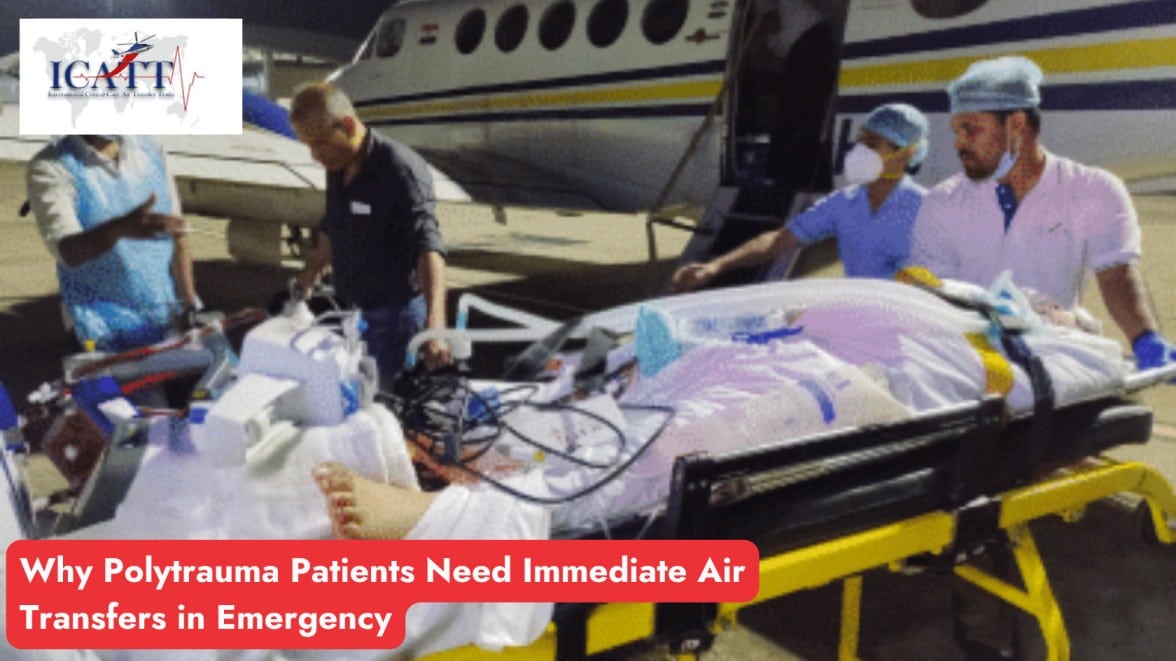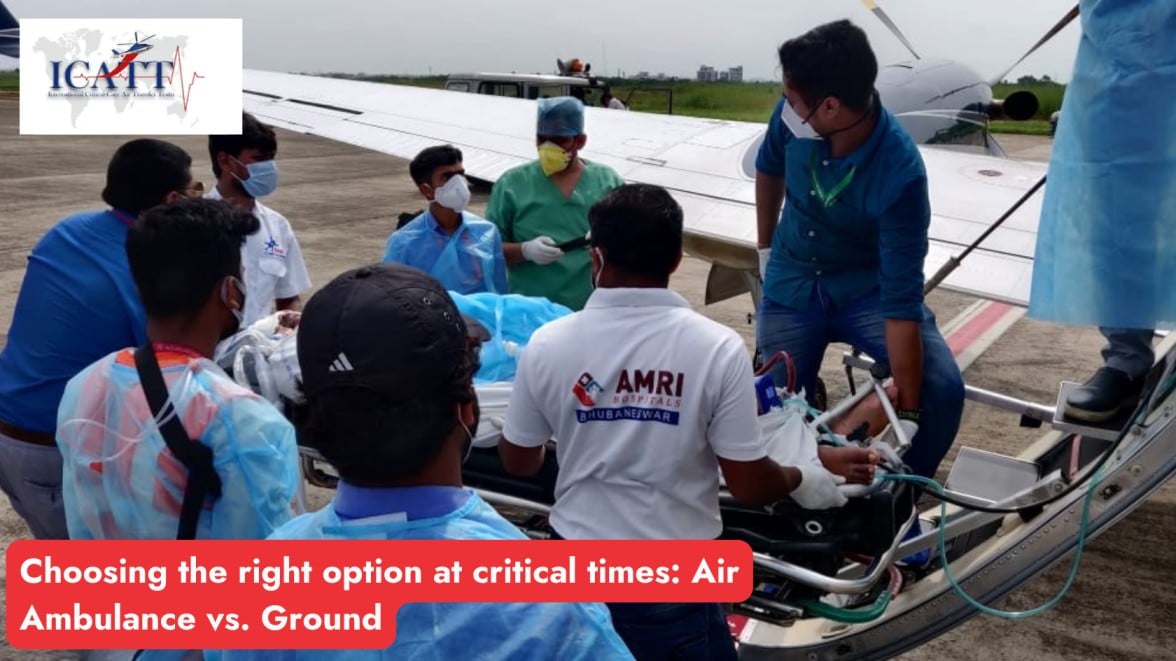In moments of medical urgency, time is everything. When every second counts, air ambulance services can make the difference between life and death. These specialized services provide rapid medical transportation, advanced onboard care, and the ability to reach patients in remote areas where other means of transport fall short.
But how do you know if an air ambulance provider is the right one for your needs? And what should you expect when using such a service?
This comprehensive guide will walk you through the essential aspects of air ambulance services, helping you make informed decisions during critical times.
What Is an Air Ambulance Service?
An air ambulance is a medically-equipped aircraft designed to transport critically ill or injured patients to healthcare facilities. It’s essentially a flying ICU (Intensive Care Unit) that ensures continuity of care during transit.
Air ambulances are particularly useful in:
- Emergency medical evacuations after accidents, natural disasters, or sudden health crises.
- Transferring patients from one hospital to another for specialized care.
- Accessing remote or inaccessible areas where traditional ambulances cannot reach.
Providers like ICATT (International Critical Air Transfer Team) specialize in bridging this gap, offering life-saving solutions through their integrated air and ground networks.
Types of Air Ambulances
There are two main types of air ambulances:
Rotary-Wing (Helicopter) Air Ambulances
- Suitable for short distances.
- Ideal for emergency evacuations in hard-to-reach areas (e.g., mountainous terrain or accident sites).
- Can land in small spaces, such as roads or fields.
Fixed-Wing (Airplane) Air Ambulances
- Designed for longer distances, including international patient transfers.
- Provide a more stable environment for critically ill patients.
- Offer more space for medical equipment and a larger medical team onboard.
Each type of aircraft is chosen based on the patient’s condition, distance to be traveled, and accessibility of the destination.
Key Features to Expect from an Air Ambulance Provider
The quality of care and services provided during an air medical evacuation can vary widely between companies. Here’s what you should look for in a reliable air ambulance provider:
Advanced Medical Equipment
A competent provider ensures their aircraft is equipped with the latest life-support systems. These may include:
- Ventilators, defibrillators, and infusion pumps.
- Oxygen tanks and suction units.
- Cardiac monitors and portable ultrasound devices.
This equipment is critical for stabilizing patients during flight.
Experienced Medical Crew
The medical team should include specialists trained to handle emergencies mid-air. Teams often comprise:
- FAM-Certified Physicians, trained in providing care during airborne medical emergencies.
- Nurses with advanced trauma life support (ATLS) certifications.
The ratio of medical staff to patients is crucial, especially for high-acuity cases.
Bed-to-Bed Service
A reputable provider doesn’t just handle the flight. They coordinate the entire process, including:
- Picking up the patient from the initial location (e.g., home or hospital).
- Managing ground transportation to and from airports.
- Ensuring a seamless transition to the destination hospital.
This end-to-end support is vital for minimizing stress on the patient and their family.
Availability
Emergencies don’t follow a schedule. A reliable air ambulance provider offers round-the-clock services, ensuring they’re ready to respond whenever a crisis arises.
Customization for Different Patient Needs
Air ambulances cater to a wide variety of cases, such as:
- Neonatal care for premature babies.
- Trauma and accident victims requiring immediate stabilization.
- Patients with infectious diseases requiring isolation protocols.
Providers should tailor their services to the specific medical needs of each patient.
The Process of Air Medical Evacuation
Knowing what to expect during the air ambulance process can reduce anxiety and ensure smoother coordination. Here’s how it typically works:
Step 1: Initial Assessment: The process begins with a detailed consultation. The provider assesses the patient’s medical condition, location, and the destination hospital.
Step 2: Flight Planning: Logistics are crucial in air medical evacuations. This involves:
- Choosing the appropriate aircraft.
- Obtaining landing permissions and clearances.
- Mapping out the quickest and safest route.
Step 3: Ground Coordination: Air ambulances work closely with ground ambulance services. A well-coordinated effort ensures the patient’s safe transport to and from the aircraft.
Step 4: In-Flight Care: The onboard medical team continuously monitors the patient’s condition and administers care. If complications arise, they’re equipped to manage emergencies mid-flight.
Step 5: Handover at the Destination: Upon landing, the patient is transferred to the destination hospital, with the medical team briefing the receiving doctors about the patient’s condition.
Common Questions About Air Ambulance Services
How Much Do Air Ambulance Services Cost?
Costs can vary depending on factors like:
- The distance traveled.
- Type of aircraft and medical equipment required.
- Number of medical personnel onboard.
Is Air Ambulance the Same as Medical Tourism?
No. Air ambulances focus on emergency and critical care transport, while medical tourism involves traveling for planned medical procedures or treatments.
Can Family Members Travel with the Patient?
Most air ambulances allow one or two family members to accompany the patient. However, this depends on factors like the patient’s condition and available space.
Why Choose ICATT as Your Air Ambulance Provider?
As one of the leading air ambulance providers, ICATT stands out for its exceptional care and attention to detail. Here’s what sets them apart:
- Dual Capability: Air and Ground Services: ICATT integrates air and ground ambulance services, ensuring seamless transportation for patients from start to finish.
- Expertise in Diverse Cases: From neonatal transfers to trauma care, ICATT specializes in handling complex medical cases with precision.
- Commitment to Affordability: Unlike many providers that focus solely on profit, ICATT strives to make air medical services accessible to those who need them most.
- International Reach: Whether you need transport within India or across borders, ICATT’s fixed-wing air ambulances ensure global accessibility.
When Should You Call an Air Ambulance?
Air ambulances are not always the first line of response. They’re best suited for situations like:
- Life-threatening emergencies where immediate advanced care is required.
- Long-distance medical transfers for specialized treatment.
- Natural disasters where conventional transport is unavailable.
Always consult with a medical professional or emergency service provider to determine if air transport is necessary.
Final Thoughts
Air ambulance services are a lifeline for critically ill or injured patients. Choosing the right air ambulance services provider can significantly impact the quality of care and the outcome of the journey.
Providers like ICATT set the gold standard by combining advanced medical expertise, state-of-the-art equipment, and a patient-first approach.
In times of crisis, knowing what to expect from an air ambulance service can save precious time and provide peace of mind. Whether it’s a loved one or yourself in need of urgent care, being prepared makes all the difference.
